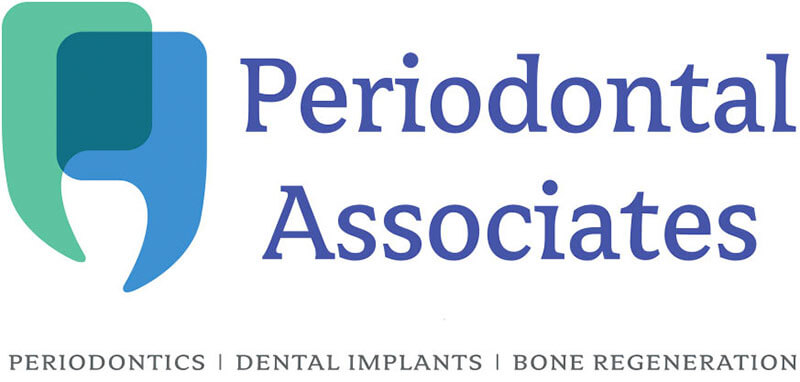It is well known that oral infection progressively destroys periodontal tissues and is the leading cause of tooth loss in adults. A major goal of periodontal treatment is regeneration of the tissues lost to periodontitis. Unfortunately, most current therapies cannot predictably promote repair of tooth-supporting defects. A variety of regenerative approaches for repair of diseased teeth are currently available which use bone grafts and guided tissue membranes. Unfortunately, around many periodontally diseased teeth, successful outcomes are varied and limited.
In a new article published in the International and American Associations for Dental Research’s Journal of Dental Research,
M. Kitamura, from Osaka University Graduate School of Dentistry, Japan, and a team of researchers conducted a human clinical trial to determine the safety and effectiveness of fibroblast growth factor-2 (FGF-2) for clinical application. This is the largest study to date in the field of periodontal regenerative therapy. A randomized, double-masked, placebo-controlled clinical trial was conducted in 253 adults afflicted with periodontitis. Periodontal surgery was performed, during which one of three different doses of FGF-2 was randomly administered to localized bone defects. Each dose of FGF-2 showed significant superiority over the standard of care (vehicle alone (p < 0.01)) for the percentage of bone fill at 36 wks after administration, and the percentage peaked in the mid-dose FGF-2 group. These results strongly support the topical application of FGF-2 can be efficacious in the regeneration of human periodontal tissue that has been destroyed by periodontitis.
“This study represents the largest multi-center human clinical trial
using growth factor therapy to repair tooth-supporting osseous defects,” said JDR Editor-in-Chief William Giannobile. “The tissue engineering technology has important ramifications in the treating of localized bone defects around teeth resulting from periodontal disease.”
In an accompanying editorial, author Martha Somerman, University of
Washington, Seattle, states “for periodontal regeneration to continue as an attractive approach for restoring tissues lost to disease versus the
choice for extraction and implant placement, we must focus our efforts on developing predictable therapies that include substantial restoration of tissues to physiological health with positive outcomes over the long term (e.g., greater than 10 years), as well as containing costs for our patients.”
In a time when many clinicians are quick to condemn teeth in favor of implant-supported replacements, it is encouraging to see that the work continues to discover treatment modalities that may help our patients save their own natural teeth. The challenge remains to develop treatment protocols that provide predictable success.
Your thoughts and comments are appreciated.
SOURCE: Science Daily
PHOTO: FutureTimeline.net
